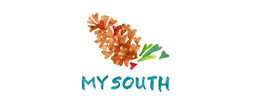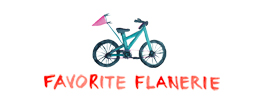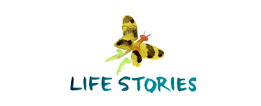I took a break from Color Month last week to gratefully give extra attention to some client projects, but I’m back to making my way through the rainbow. Just programming note… I’m having so much fun that I’m extending the color theme through March as well. I’ve found some great color tools and information to share, so keep your eyes peeled!
It’s time for RED! Stop signs, fire engines and lipstick–red always makes an impact. I love the confidence this color injects. From vibrant pure reds and hot pinks to deeper wine and rose colors, hues in the red family imbues a sense of power and dominance. What other unspoken messages does the color red communicate?
GENERAL IMPRESSIONS:
Red is often considered the most primal of the primary colors. Of all the colors, red creates the strongest physical reactions. When the eye sees red it actually causes an increase in adrenaline production, heart rate and blood pressure. Wow! Now that’s power. With its association to blood and fire, basic red has a life-sustaining and vigorous reputation that commands attention. Because seeing red also tends to increase appetite and speed up metabolism, it is an obvious color of choice for restaurants and food products. Although red sometimes signifies danger based on how it appears in nature, it is most often equated with excitement and energy. Red at it’s most vibrant, like that of a fire engine or stop sign, is seen as aggressive, passionate, and dynamic. From the curvaceous lips on pin-up posters to racy lingerie and muscle cars, red also adds a seductive, sexy tone wherever it is displayed. In design, red has an arresting effect and will almost always cause the viewer’s eye to stop and pay attention, making it a powerful tool for marketing.
COLOR VARIATIONS:
Deeper red tones like wine or burgundy connote a richer, more refined look than vibrant reds. These colors are seen as more authoritative and mature than bright red and can suggest a more expensive, upscale look of class and reliability. Hot pink tones, on the other hand, suggest a more youthful spirit while maintaining the same high energy as basic red. Milder magenta and fuchsia versions can offer a more grown-up happy medium. As white is added to red, producing lighter pinks, the color loses its stark sensuality in favor of a more romantic, feminine look. Pastel pinks are also perceived as sweet tasting and smelling. More rosy
tones almost always signify good health and optimism, from cherub-like “rosy cheeks” to indulgent “rose-colored” glasses.
The potential of red in its many variations is so powerful as a marketing tool. It can easily serve to direct the eye and focus the attention. And, it is one of the simplest ways to suggest strong emotions. I have a prospective client meeting this afternoon. Maybe some red heels are in order! *wink*



 Hello & welcome! I’m Haley Montgomery, and I’m the designer and owner of
Hello & welcome! I’m Haley Montgomery, and I’m the designer and owner of 















